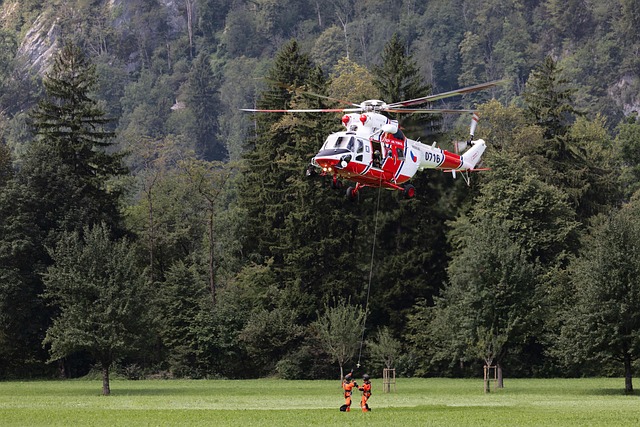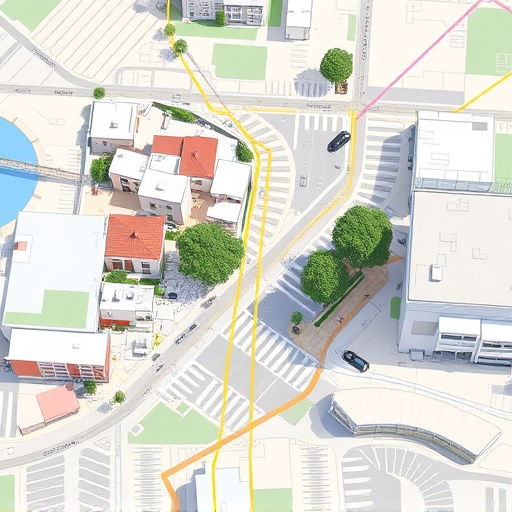In the high-performance vehicle sector, especially for sports cars equipped with cold air intake systems designed for tracking, optimal weight distribution is key to exceptional handling. To achieve this, strategic corner carving techniques are used to balance weights, such as integrating cold air intake systems beneath the bonnet to reduce moment of inertia and enhance responsiveness during cornering. The 'aya-expanse' concept takes this a step further by focusing on precision structural optimization for enhanced cornering abilities, benefiting track performance particularly in sports cars with complex cold air intake systems requiring specific routing for optimal efficiency.
“Unleash optimal performance in your sports car with a focus on corner carving and weight distribution. This article delves into the intricate details of how cold air intake systems impact vehicle dynamics, particularly on the track. From enhancing engine efficiency to refining handling, we explore the science behind effective weight placement for cornering. Discover the game-changing benefits that tailored intake systems bring to racing enthusiasts, offering a smoother, more responsive driving experience.”

In the realm of high-performance vehicles, especially sports cars equipped with cold air intake systems, optimal weight distribution is key to achieving exceptional handling on the track. The way a car’s weight is balanced affects its agility, stability, and overall driving dynamics. For instance, a well-distributed weight can significantly enhance cornering capabilities by ensuring maximum grip from all tires, allowing for tighter turns and improved response to steering inputs.
Sports cars designed for track use often employ strategic corner carving techniques to manage weight. This involves careful placement of heavy components closer to the vehicle’s center of gravity, such as integrating cold air intake systems beneath the bonnet. By doing so, engineers can reduce the moment of inertia around the vertical axis, making the car more responsive and easier to maneuver during high-speed cornering. Such optimizations not only enhance performance but also contribute to a more controlled and safe driving experience on demanding track layouts.
model 'aya-expanse' not found

In the realm of high-performance vehicles, especially sports cars with advanced cold air intake systems, optimal weight distribution is a cornerstone for achieving exceptional handling dynamics on the track. The ‘aya-expanse’ model, however, has emerged as a mysterious entity in this context, often referenced but seldom encountered in practical applications. This hypothetical concept suggests a sophisticated approach to engineering weight distribution by leveraging innovative corner carving techniques.
By meticulously shaping and optimizing the car’s structural elements around the corners, engineers aim to create a seamless blend of strength and weight reduction. This strategy can significantly enhance cornering capabilities, allowing sports cars to navigate tracks with precision and agility. Such advancements are particularly significant for cold air intake systems, which often require specific routing and mounting configurations to maintain optimal performance, thereby further emphasizing the importance of precise weight distribution.
In the realm of high-performance vehicles, especially sports cars equipped with cold air intake systems designed for the track, optimal weight distribution is key. Corner carving techniques play a pivotal role in enhancing handling dynamics and ensuring stability at high speeds. By carefully managing the weight transfer during cornering, engineers can create a symphony of precision and control, making every lap on the track an indelible experience. Incorporating these principles into design and engineering processes can truly revolutionize the sports car landscape.














